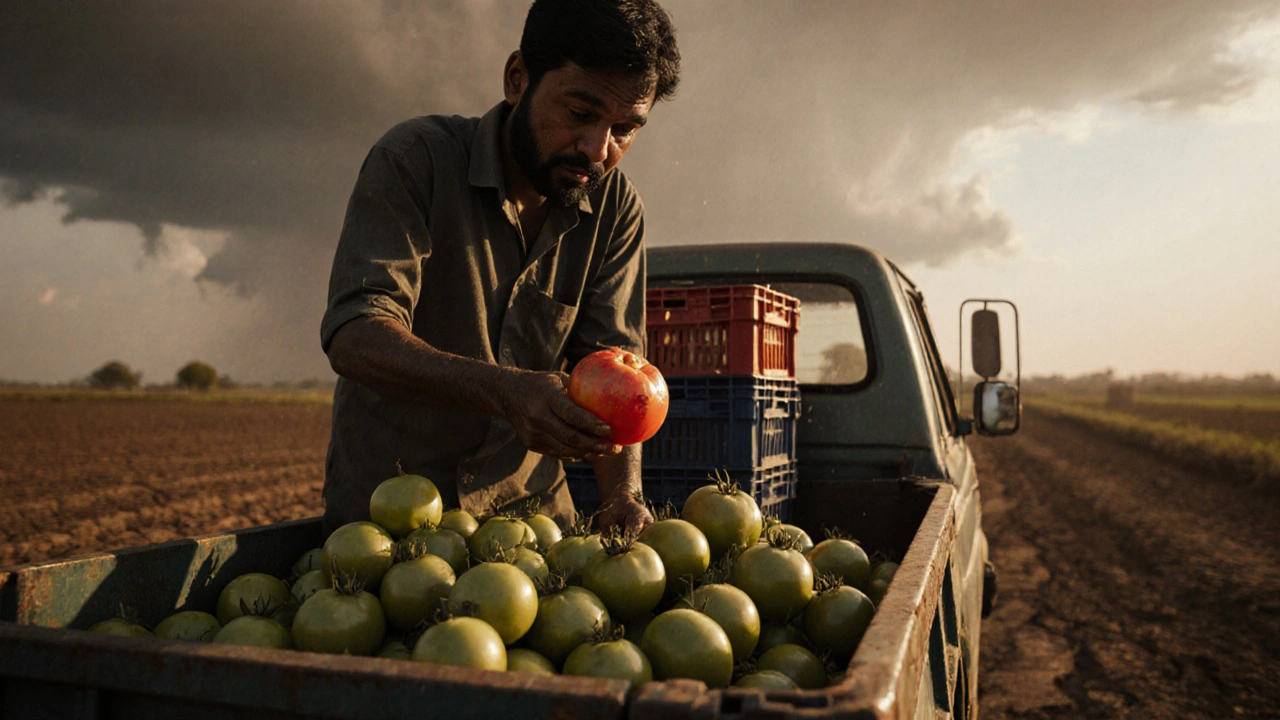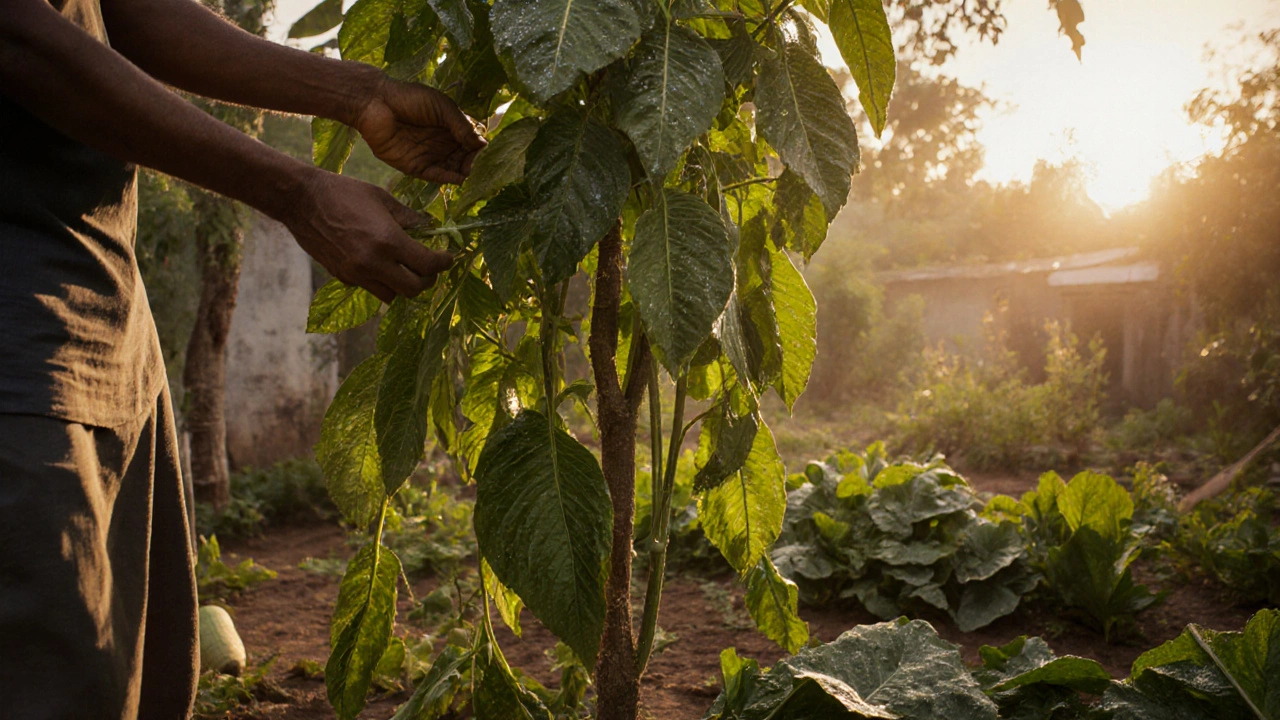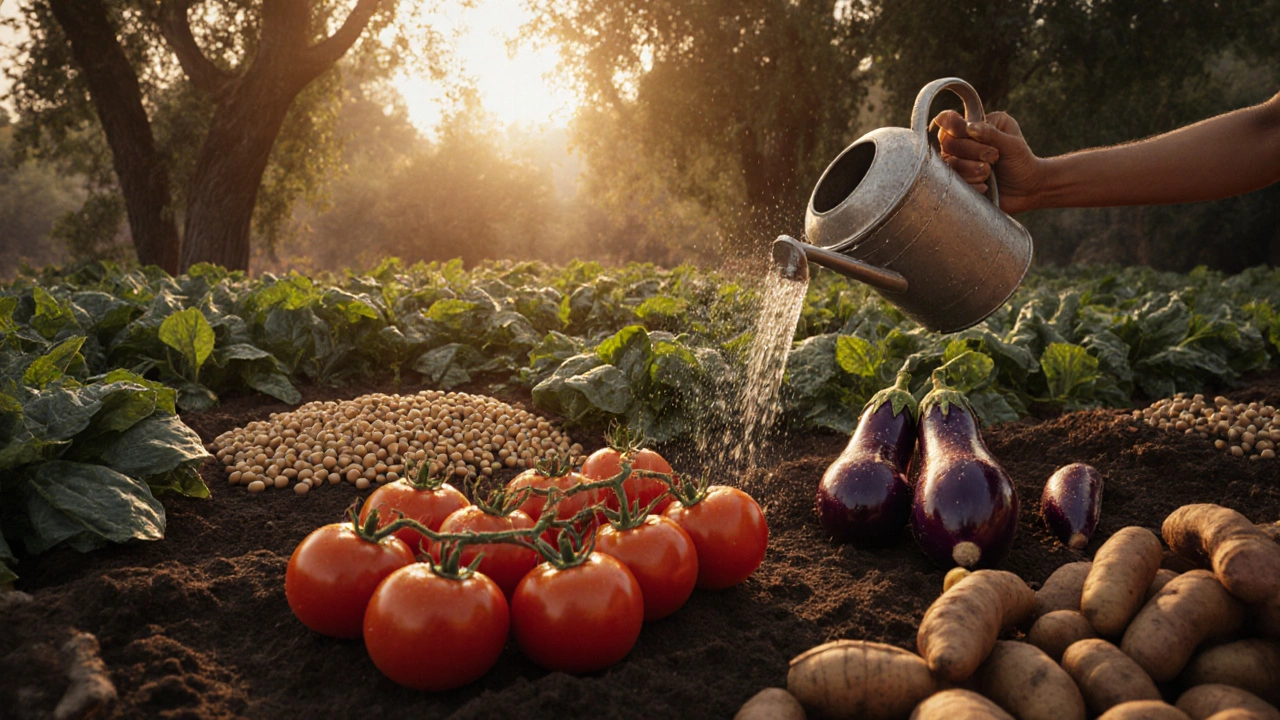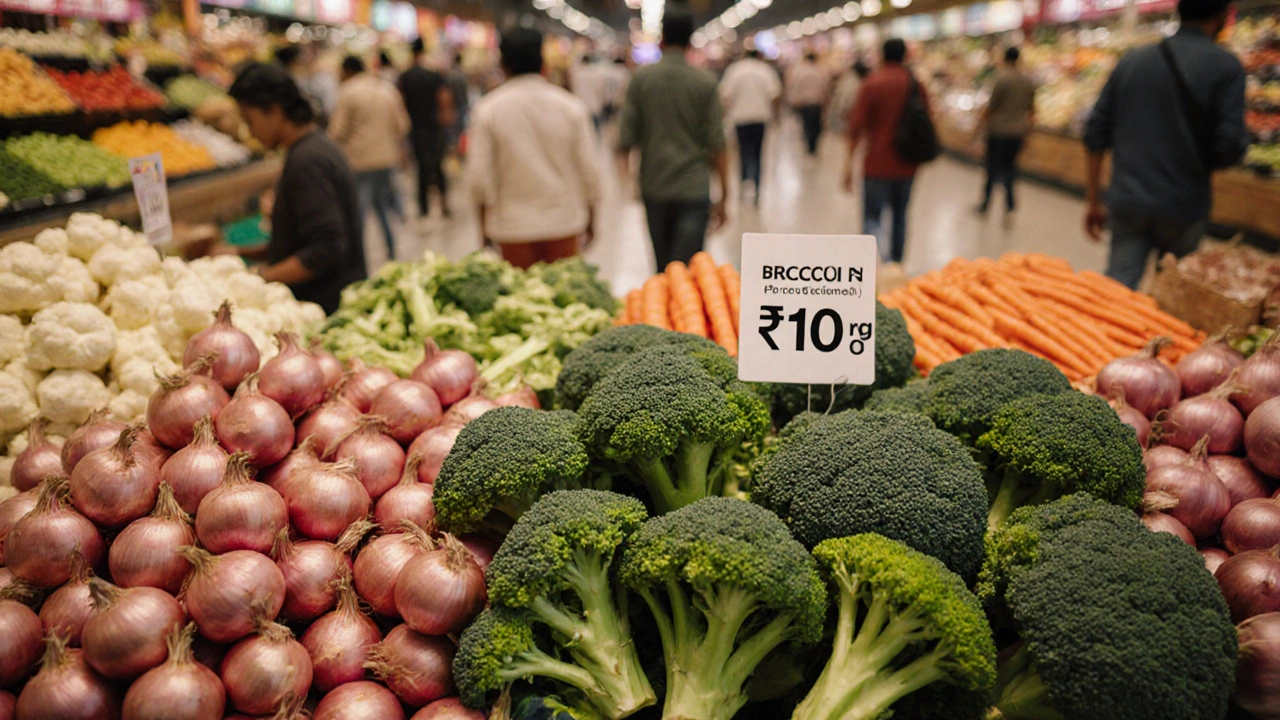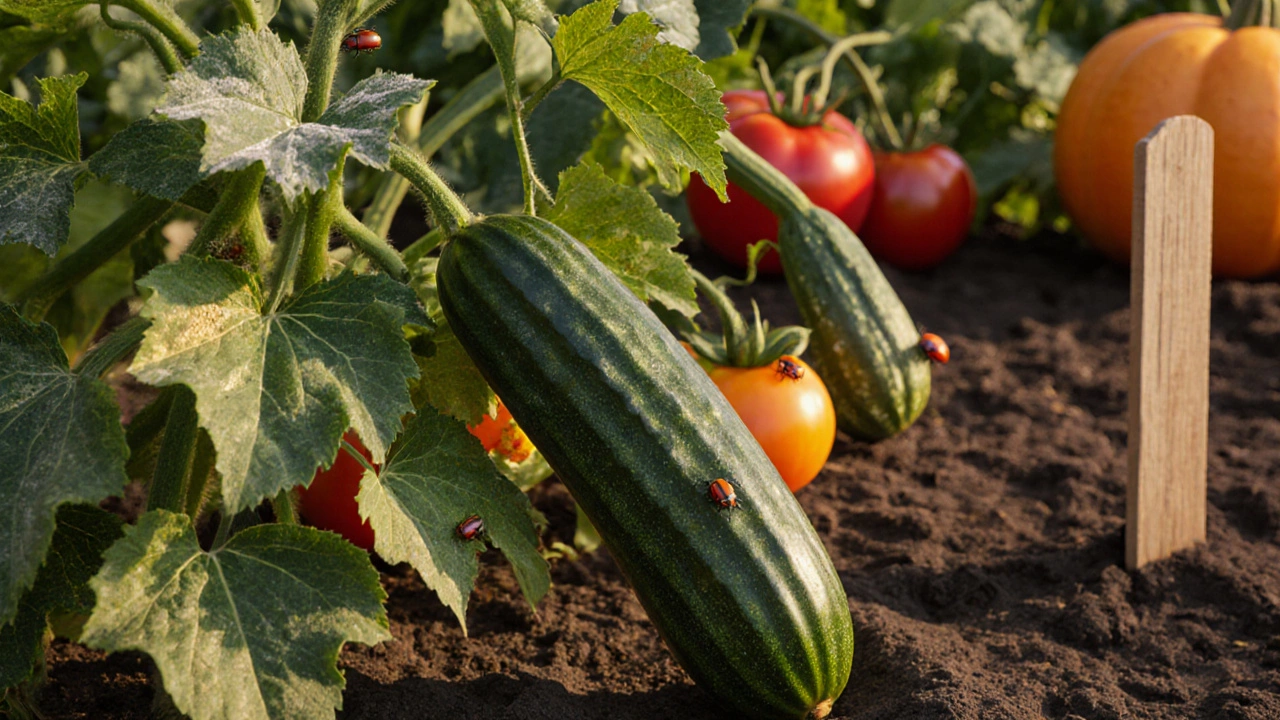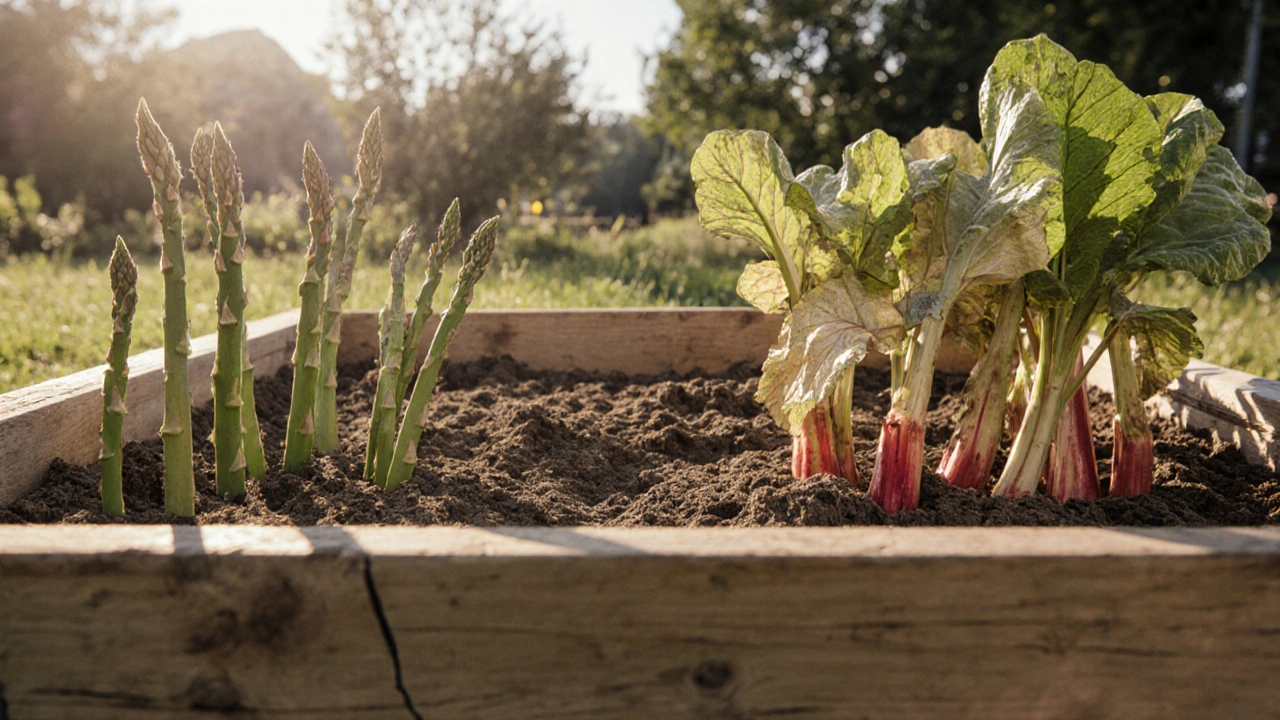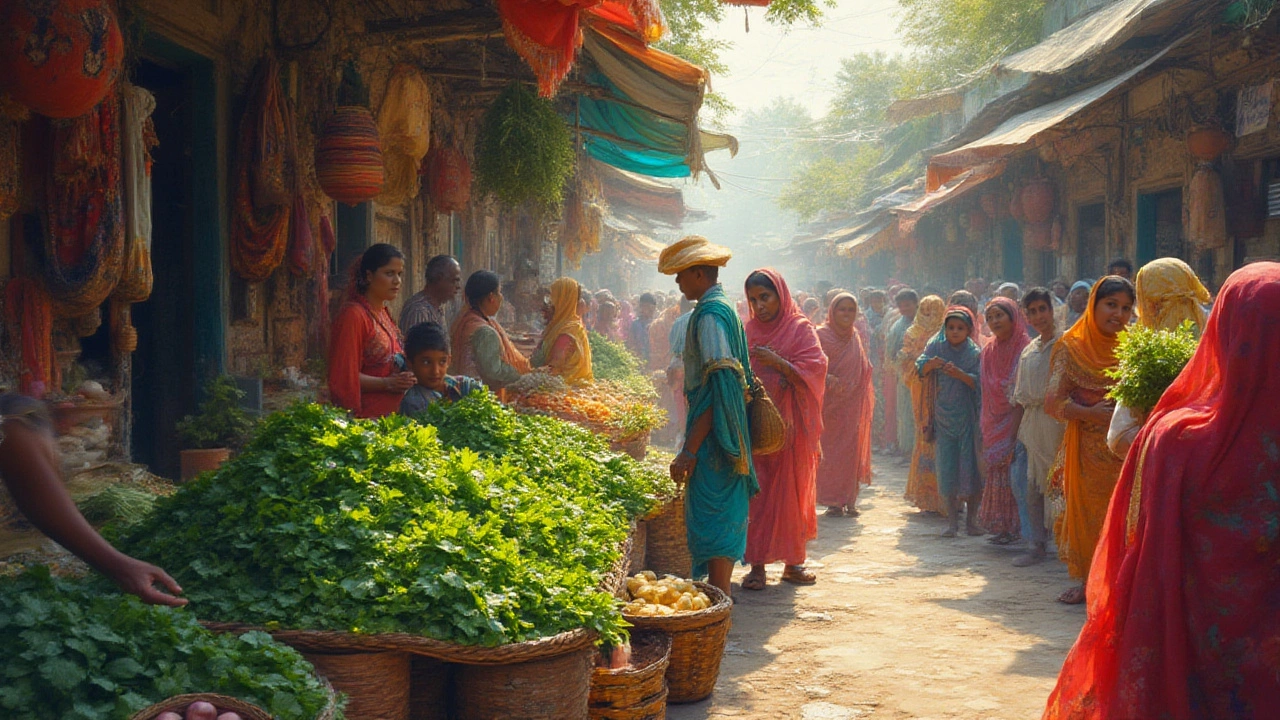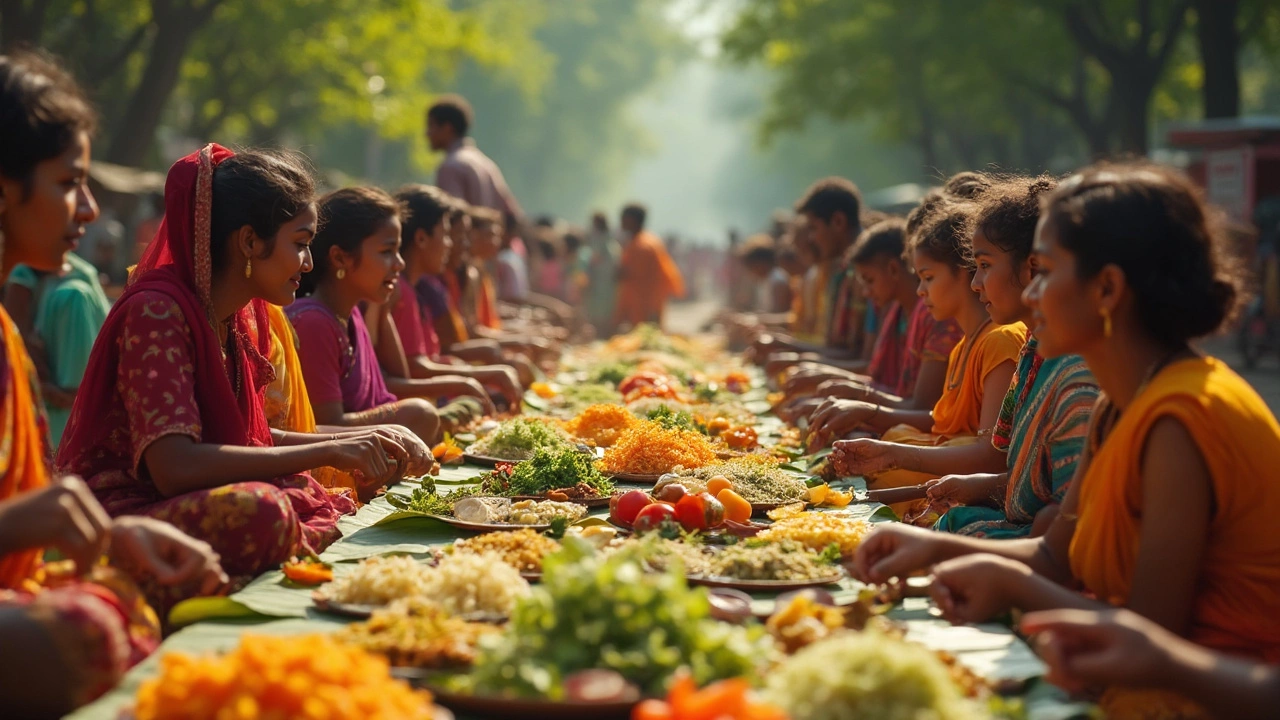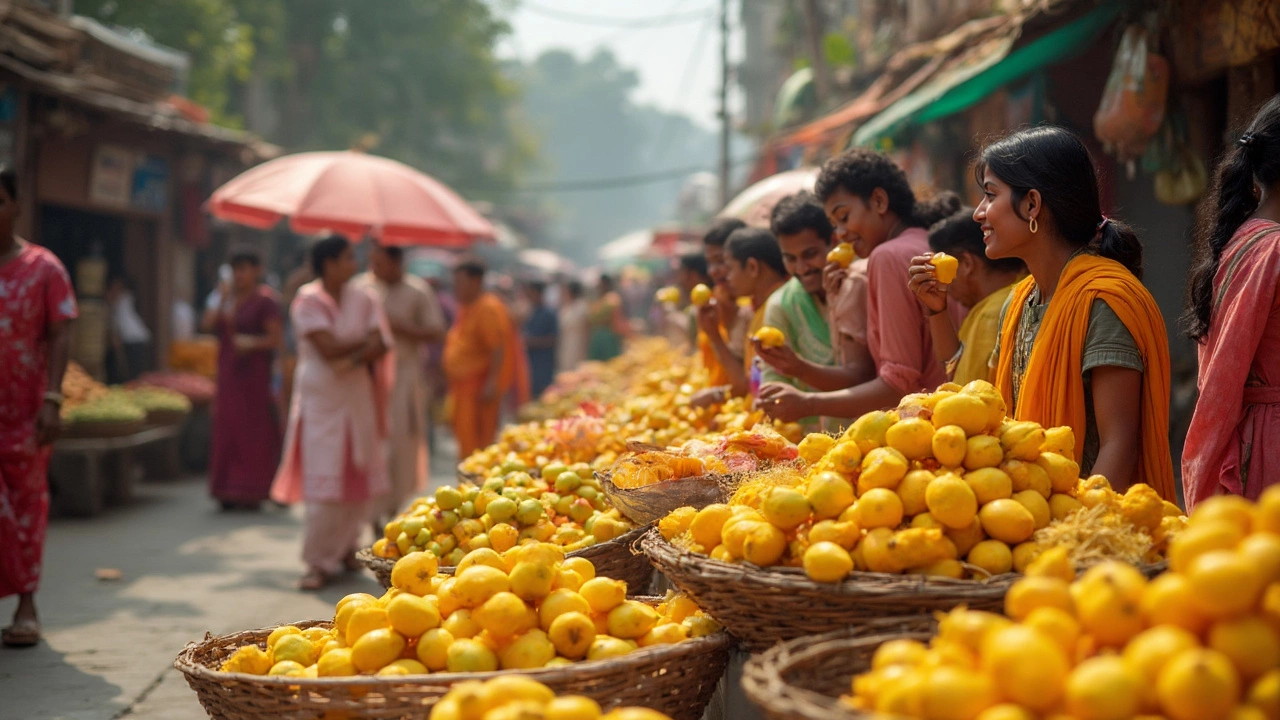Vegetable Gardening in India: Simple Tips, Smart Choices, and Local Secrets
Thinking about turning a balcony, backyard, or a small plot into a veggie haven? You’re not alone – millions of Indian gardeners are doing it right now. The good news is you don’t need fancy tools or a huge farm. With a few practical steps you can grow tasty, healthy vegetables and even make a little cash.
Pick the Right Crops for Your Climate and Wallet
India’s climate varies a lot, so the first thing to decide is what grows best where you live. In the north, cool‑season veggies like broccoli, carrots, and peas thrive between October and March. Down south, warm‑loving crops such as okra, brinjal, and bottle gourd keep producing all year long. If profit is on your mind, focus on high‑demand veggies like tomatoes, chilies, and leafy greens – markets pay well for fresh, locally grown produce.
Start with Native Vegetables for Easy Success
Native Indian vegetables are adapted to local soils, pests, and monsoon rhythms, which means less hassle for you. Think of crops like ridge gourd, bitter gourd, and drumsticks. They tolerate heat, need less water, and often fetch a good price at nearby markets. A quick seed swap with a neighbor can give you a ready supply of these resilient varieties.
Once you’ve chosen your crops, prep the soil by adding farmyard manure or compost. Indian soils can be low in organic matter, so a 2‑inch layer of well‑rotted compost works wonders. After that, make shallow planting rows, space seeds as per the label, and water gently. Consistent watering – especially during the early growth stage – prevents seedlings from drying out.
We’ve all heard myths like “onions on your feet cure colds” or “you must plant beans with corn”. While they’re fun stories, they don’t replace solid gardening practices. Stick to proven methods: rotate crops each season, keep the garden clean of weeds, and use neem‑based sprays for pest control. Simple, low‑cost tricks keep your garden healthy without the hype.
Managing pests the Indian way often means using natural barriers. Plant marigold around your beds to deter nematodes, or sprinkle crushed garlic near tomatoes to ward off aphids. These tricks are cheap, eco‑friendly, and fit perfectly into a sustainable garden plan.
If you’re looking to turn a hobby into a side income, focus on fast‑growing, high‑value crops. Green chilies, coriander, and spinach can be harvested in 30‑45 days, allowing multiple cycles per year. Keep a record of planting dates, yields, and market prices – a simple notebook helps you spot trends and decide which crop to grow next season.
Don’t forget to harvest at the right time. Over‑ripe tomatoes lose flavor and may attract pests, while under‑ripe greens become bitter. Taste a leaf or two before pulling the whole bunch; if it’s crisp and bright, you’re ready to collect.
Bottom line: vegetable gardening in India works best when you blend local knowledge with a few modern shortcuts. Choose climate‑appropriate, native veggies, enrich your soil, stay on top of watering, and use natural pest tricks. Whether you’re feeding your family or selling at the market, these steps give you a thriving garden without the guesswork.
Which Vegetable Is the King of Vegetables in India? The Real Answer for Gardeners
Tomato is the undisputed king of vegetables in India, essential in every kitchen and easy to grow at home. Learn why it dominates Indian gardens and how to grow it successfully.
Why Tomato Is Costly in India?
Tomato prices in India spike every year due to monsoon damage, poor cold storage, middlemen control, and rising input costs. Despite being a top producer, India wastes 30% of its tomato crop - and consumers pay the price.
Which Vegetable Is Truly the Healthiest? Science Says It’s Not What You Think
No single vegetable is the healthiest-moringa stands out for its unmatched nutrient density, drought resistance, and suitability for Indian gardens. Learn why it beats kale and spinach in real-world nutrition and how to grow it yourself.
What Is the One Vegetable That Damages Your Insides? The Truth About Nightshades in Indian Gardens
No single vegetable damages your insides - but myths about nightshades like tomatoes and potatoes persist. Learn the truth behind digestive complaints, how soil health affects plant safety, and what really causes discomfort in Indian home gardens.
Why is broccoli so expensive in India? Causes and How to Lower the Cost
Explore why broccoli costs so much in India, from climate and supply‑chain issues to policy and seasonal demand, plus practical tips to grow or buy it cheaper.
Cucumber Companion Planting: Which Plants to Avoid
Learn which plants harm cucumber growth, why they cause problems, and how to choose better companions for a thriving cucumber harvest.
Plants That Struggle in Raised Beds - What to Avoid
Discover which plants struggle in raised beds, why they fail, and practical tips to adapt or avoid them for a thriving garden.
Broccoli Farming in India: Profit Secrets, Tips, and Market Dynamics
Curious if broccoli farming pays off in India? Here’s the real scoop, from costs, profits, market quirks, to practical tips for top yields and success in 2025.
The World's Healthiest Vegetable: Unveiling the Top Nutritional Powerhouse
Diving deep into science and tradition, discover which single vegetable claims the no. 1 spot for health benefits—plus practical ways to add it to your diet.
Vegetables Native to India: What Every Gardener Should Know
Curious about which vegetables truly come from India? This article dives into the roots of common vegetables in Indian gardens, highlighting what’s native and what came from elsewhere. Get straight answers with history, practical growing tips, and ways to make the most of native crops. Whether you’re starting a kitchen garden or just want to know your food better, you’ll find something new. There’s more to Indian veggies than meets the eye.
Which Country Is 100% Vegetarian? Real Answers for Plant Lovers
People often dream of a country where everyone is vegetarian, but does such a place really exist? This article goes straight to the facts about vegetarian countries, especially focusing on India’s unique plant-based culture. Expect easy-to-understand insights, clear stats, and handy tips for vegetable gardeners and plant-based food fans. Discover why India stands out, what shapes its food choices, and clever ways to grow more veggies at home. Walk away with real knowledge, not just myths.
India's National Fruit: The Mango Explained
India’s national fruit, the mango, is more than just a tasty treat; it’s part of daily life, traditions, and even city streets. This article dives into why mango got the top spot, the best ways to enjoy and grow them, and tips if you want to add mango trees to your garden. You’ll also get some fun facts you probably haven’t heard, and easy ways to spot the best varieties out there. Whether you’re snacking, planting, or just curious, you’ll find real-world info you can use.
- 1
- 2
About
Vegetable Gardening
Latest Posts
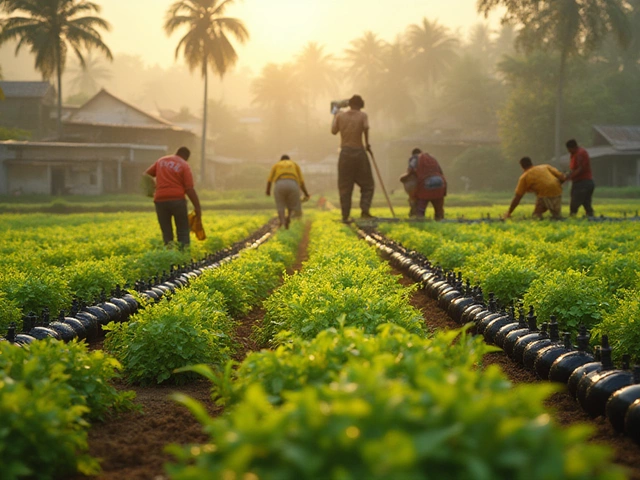
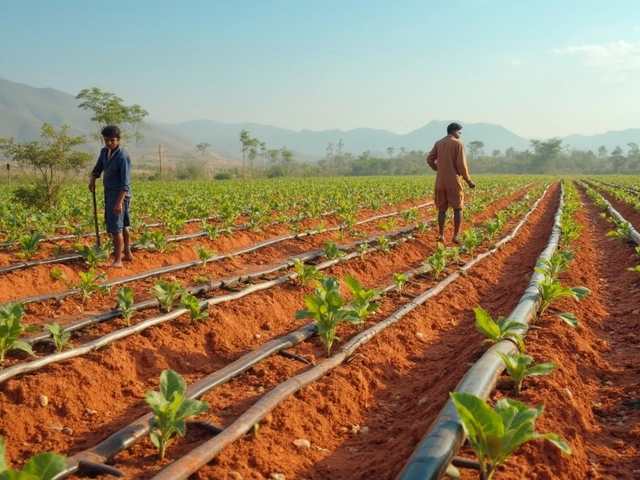
Drip Irrigation Drawbacks: What You Need to Know
By Alden Thorne Feb 14, 2025
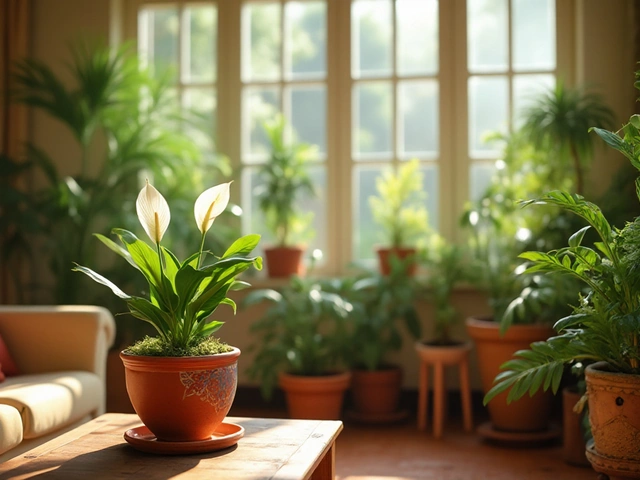
Top Air-Purifying Houseplants for a Healthier Home
By Alden Thorne Jan 3, 2025
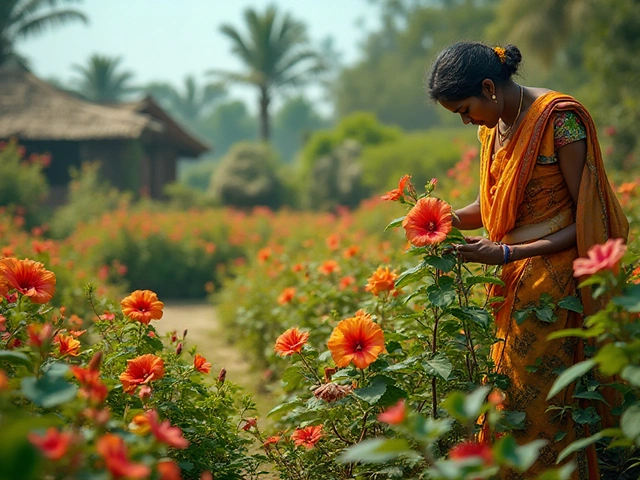
Year-Round Flowering Plants in India: A Gardener's Guide
By Alden Thorne Dec 30, 2024


